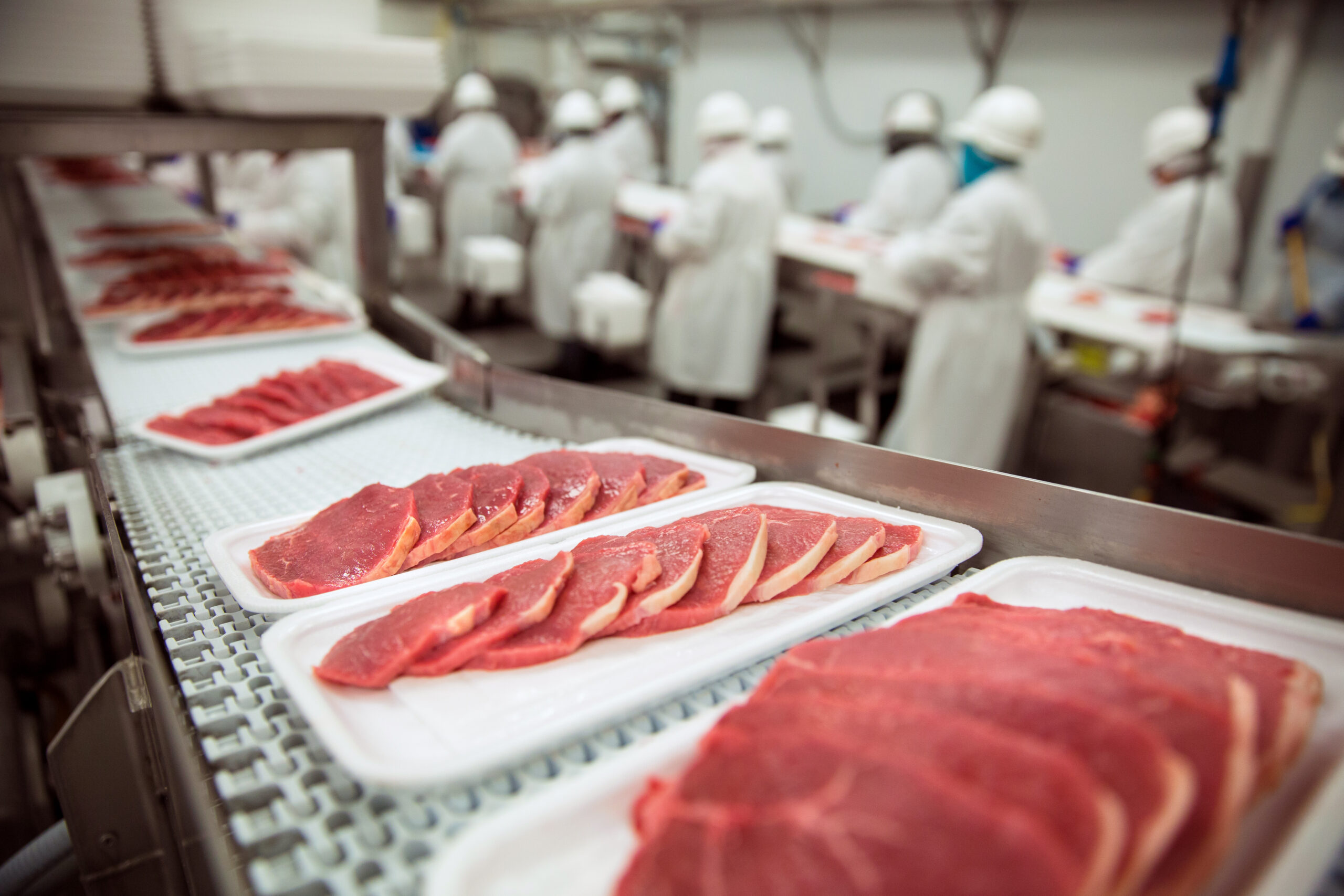Creating an Effective Food & Beverage Industry Pricing Strategy
March 30th, 2022 (Updated 06/20/2023) | 6 min. read
By John Gilbo
The speed of change in the food and beverage industry is formidable.
With a backdrop of supply chain disruptions, logistics backlogs, labor shortages, cost increases, administrative bottlenecks, regulatory updates, climate change, and major modifications in customer behavior as well as the competitive landscape, companies in food and beverage are struggling to keep pace.
After a decade helping companies in the food and beverage industry develop successful pricing strategies that enable them to respond quickly and appropriately to the changing market, at Pricefx we know how important pricing agility is to the bottom line.
In this article, we’ll look at how food and beverage companies can program flexibility and adaptability into their pricing strategies and why they should be adopting a more granular approach as they move forward into the unknown.
Top 5 Components For Your Food & Beverage Pricing Strategy
1. Address Pricing Inefficiencies with Appropriate Technology
In order to survive in a fast-moving market, your processes need to keep pace. Focus on reducing strain on your already-tight resources and aligning your sales and pricing teams to improve efficiencies.
Replace time-consuming, labor-intensive (and potentially error-prone) pricing processes with accurate, streamlined automated workflows that help you execute mass price updates with less manpower, while improving accuracy, consistency and speed.
Ensure quoting and negotiation processes are as pain-free and supported as they can be to accelerate turnarounds and close more deals. Provide sales teams with optimal prices and price guidance for specific quotes or transactions that can be viewed, projected, overridden or constrained by external factors.
2. Gather Intelligence for A Data-First Approach

Food and beverage companies often suffer from locally optimized and siloed pricing data and decisions.
Ensure you have accurate, real-time internal data (including current and projected sales history and costs) as well as external data (like customer demand, competitor prices, and channel partner data) to get a holistic view of the market.
Fully integrated pricing software tools like Pricefx bring all this essential data together for more specialized analyses that support optimal pricing decisions and help you understand exactly how much revenue is gained from each transaction and where money is leaking. The right data will decrease risk by revealing profit and margin opportunities as well as helping you find ways of mitigating costs.
Putting data at the core of your pricing and decisions also helps you set prices that your sales team not only trusts, but understands and can easily defend. With pricing software, your data doesn’t need to be perfect to start (by the way, it never is). You can share what you have, add more over time and be flexible as data needs, sources and types change, because they will.
3. A “Roll with the Punches” Approach
Suffering margin compression in silence is so 2019. You need to be able to quickly and intelligently respond to fluctuating and sudden commodity price changes in order to pass increases (and decreases) on to customers.
You need your pricing to keep up with unforeseen drops in supply and unexpected surges in demand. Your technology should support you in adapting to changing customer needs and pivoting to serve new market segments.
In a market as volatile and chameleonic as food and beverage only a flexible pricing plan will do. Agility will be everything to the progressive food and beverage company over the coming years.
If you are unable to do this now, it’s time to jump in. Challenges are not going away and the pricing world is getting hit with newer ones that you’ll want to respond to quickly, strategically and with confidence.
4. Facilitate Segment-Optimized Pricing
I don’t need to tell you that blanket pricing doesn’t work. However, the more complex your organization becomes, the harder it is to optimize prices based on willingness to pay. (For the food and beverage industry? Oh yes, and here’s why.)
You’ll need tools that bring deep insights and enable data profiling and smart analysis to help you discover optimization and upsell/cross-sell opportunities. You’ll want to be able to calculate price elasticity for segments and categories and to cluster all your behavior data into self-organizing maps for a clear overview.
Being able to fine-tune your pricing to each product, customer and segment ensures you’re never leaving money on the table. If you’ve not already invested in machine-optimized pricing that can be seamlessly fed into your CPQ, e-commerce and ERP systems… then now’s the time.
5. Get Out Your Crystal Ball
You need to be able to clearly anticipate what things could look like over the next year so as to ensure your tweaks (like increasing prices on your organic, free-range, low-fat, free-from offering) are backed by good data. But in a time where nothing is certain, this is much easier said than done.
You’ll want to be able to run targeted and granular “what-if” simulations that help you clearly understand the potential impact of your (even small) price changes and to easily test how different market strategies will impact your bottom line.
Pricing Planning For Companies in Food & Beverage

If you’re looking to upgrade your pricing strategy into one that maximizes profit in a volatile market, then blanket cost-plus or percentage pricing calculated manually in Excel should be securely behind you now.
Your pricing plan should reflect your business’ unique objectives. So your first step is to define your goals and determine what resources and capabilities you’ll require to reach them.
At its core, your pricing strategy should bring flexibility and adaptability and your tools should bring a more targeted and granular approach to your pricing. It’s time to address inefficiencies, drive decisions with data, optimize prices per segment, and swiftly roll with the punches (which you saw coming thanks to your industry crystal ball).
Your pricing plan for the year ahead should drive you toward greater profitability and growth with the kind of agility you need to navigate a market in constant motion… and one that throws the increasingly common feint blow.
Our next article in the series looks at the top challenges that companies in the food and beverage industry are facing and the key pricing metrics they should focus on in the year head.